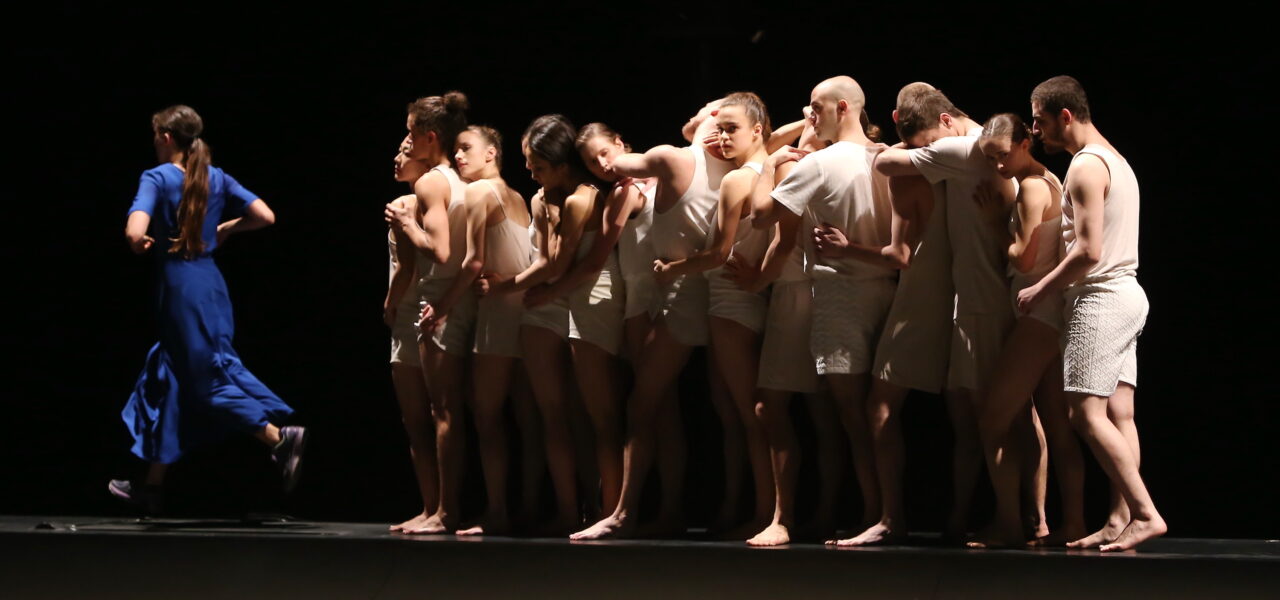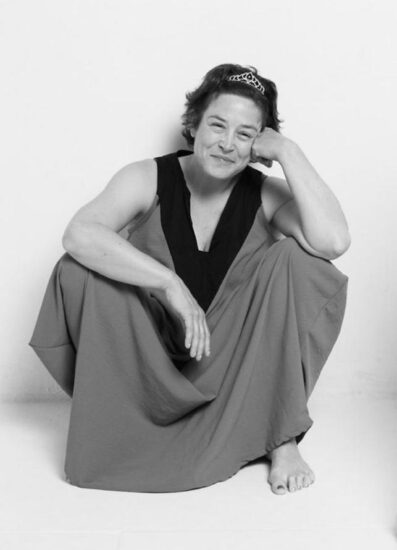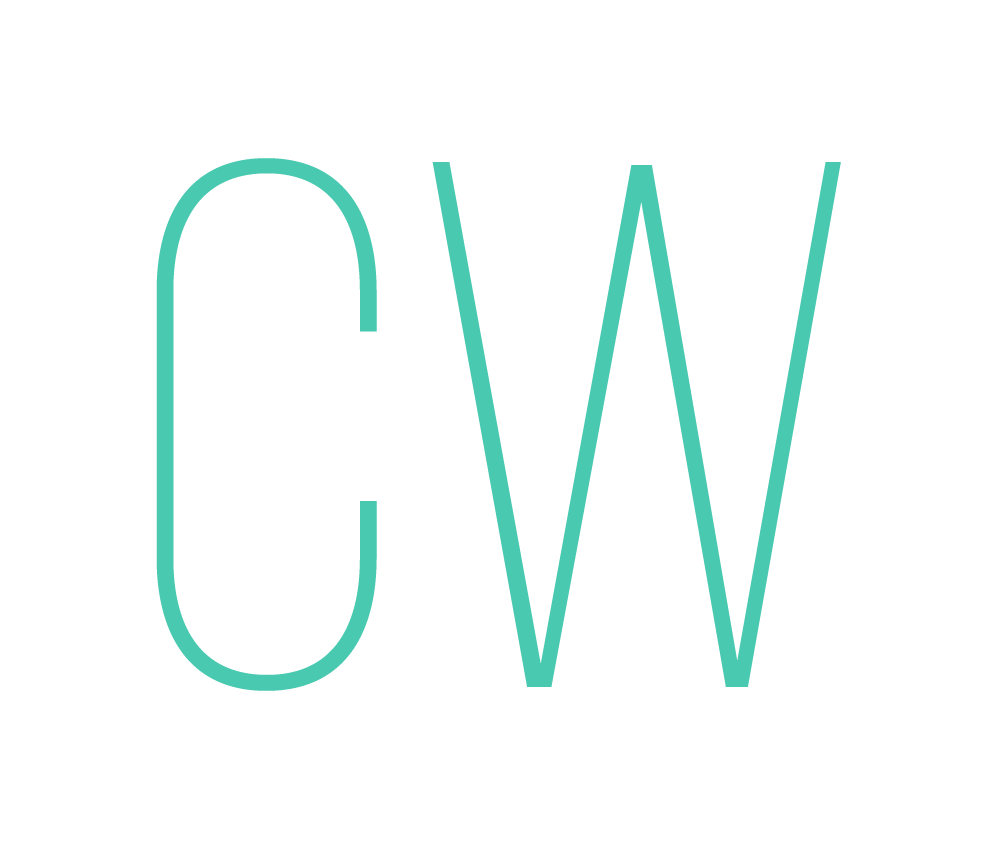Reflections on Ohad Naharin’s Last Work by Heather DeAtley

Photo by Ascaf
In 1989, a whale was discovered by scientists in the Pacific Ocean who sings at a frequency of 52 hertz, a frequency far beyond all other whales that is thus undetectable to other species of whales. This solitary whale, thought to be the loneliest in the world, has traveled the vast expanse of our oceans for decades, without having been seen, only heard. Fin and blue whale songs can travel up to 13000 miles, creating a long range social network. A vast network reminiscent of fascia in our bodies. In the noisy traffic that has become our planet’s waterways, a lone whale sings her song. A call to the universe. An enigma that has summoned the obsession and curiosity of an entire generation.
My experience with Ohad Naharin’s “Last Work” (2015) seems to offer a similar call to the universe. It exists at a frequency that is still so untouchable and incomprehensible to us, the average public, in so many ways. I like to think of it as a kind of whale song that penetrates the soul on subtle, undetectable levels. The choreography seems to speak directly to the quantum nature of our fascia–the interconnective web of collagen-like tissue that connects and innervates everything in our body. Our piezoelectric fascia conducts electricity and travels at the speed of sound. And thus we create our own light emission (bio photons). This is exaggerated and magically amplified in the bodies of the Batsheva dancers, immersed in the rich movement language of Gaga (a quantum field of movement in and of itself!).
As we digest each incredible movement, our mirror neurons reach entirely new levels of activity and expression. The bodies of those in the audience are thus able to experience and recreate every movement on stage through the magic and wonder of these mirror neurons. And thus between the mycelium-like network of the fascia and reflective power of the mirror neurons, our soma can begin to process this unique frequency of ‘Last Work.’
In the days following this mesmerizing performance by the Batsheva Ensemble of young dancers, I found myself replicating the movement sequences I recalled from the piece very organically. Pushing my kids on the swing, I would explore the one leg balance displayed by two of the female dancers. During a treatment with a client, a pulse of movement arises while mimicking the frenetic foot work of one segment. While making dinner, I would find myself tracing the outline of the sink with one finger as the first dancer to enter the stage had done on the floor…carefully, slowly, meticulously–creating my own boundary in the banality of daily tasks. But suddenly they don’t seem so ordinary anymore. A richness is unlocked. An endless web of possibility unfolding with every subtle movement previously taken for granted. This is the power of a Batsheva experience. It offers an invitation to awaken on a multi-sensory and multidimensional level. All senses are heightened as we absorb this otherworldly frequency of dancers’ unparalleled in talent, technique, nuance, and sensitivity. We are invited to become more human. To feel more. We are the tuning forks receiving the cymatic upgrade through movement vicariously.
Everything about this piece yields moments that are so stunning, gracefully emitting and embodying an effortless elegance that leaves you breathing more deeply. Subtle moments between dancers, solos that border on remarkable, ensemble segments that are revelatory–they all are weaving a tapestry through movement that resets the very scaffolding of our fascia and how we perceive our bodies in space and time. We go on an expansive proprioceptive journey while simply sitting in the chair! Neural networks and pathways yielding more activity than when we arrived to Suzanne Dellal. We are the weavers and the woven.
One of the most striking segments for me involved the majority of the ensemble in the center of the stage, while 5 remained at the back of the stage: the constant rhythmic sound of the treadmill as the lone dancer in blue runs steadily (a rhythm that greeted us even before the curtain arose on the performance), one dancer with a veiled face (remnant from an earlier segment) waves a large white flag, one dancer spinning a large wooden toy (reminiscent of Purim) in a repetitive circular motion with great fervor, another dancer seated with his back to us feverishly stroking something that is later revealed to be a semi-automatic gun, and the final dancer of this outlier quintet standing behind a microphone yelling unintelligibly while running duct tape in configurations around the microphone stand. The ensemble, all dressed in subtle white, enter the stage from either side, assuming a pose reminiscent of a living statue. The duct tape wielding dancer proceeds to run urgently from dancer to dancer, wrapping them in duct tape before moving onto the next, and the next, and the next, until all the dancers at the center of the stage are connected in the web of his creation. They stand passively, some showing more signs of shock, disbelief, or confusion in their subtle facial expressions than others. But each receiving this connection, this bondage. As he finishes this weaving with the tape, he concludes with the steady presence of the marathon runner on the treadmill, replacing the tape eventually with the large white flag and handing it to the runner. The ensemble of dancers at the center of the stage sit down in unison, their elegant spines curved over as if in surrender. And the movement that follows mimics weeping. An act of collectively grieving. Of sweet somatic release. A melody reminiscent of a gentle lullaby plays, and a brief sequence of just upper body movements begins. Simple, yet striking movements, including a brief holding of hands in prayer, before the collective all meet with their hands atop their heads. A sign of surrender?
And the lights close. And we in the audience are all left with the mirror neuron memory of this powerful movement, our hands atop our heads. Tethered to one another and yet alone. Having glimpsed only a fraction of what the loneliest whale must feel. And yet she is us. And we are her. This piece helps to bridge that gap between us all.
Batsheva Ensemble presented Last Work on February 28, 2025 at the Suzanne Dellal Centre.
Heather DeAtley
Born in the United States, Heather arrived to Israel in 2011 to dive into the rich movement and dance culture here. Suzanne Dellal became her sanctuary as she immersed herself in the rich worlds of Gaga and the Ilan Lev Method. As a former Division I collegiate gymnast and dancer, movement was always at the center of her life but everything shifted dramatically following a herniated disc that required surgery at the tender age of 19 her sophomore year at the University of Iowa. Her journey into the healing powers of movement had thus begun.
Heather pulls from her long history of movement practice to create synesthetic experiences through her words, event production, poetry, tipulim and intuitive movement journeys. Creatrix of Wombyn in the Water and Wombmynt, alongside Body Poetry (Ilan Lev Method tipulim), Heather blends her fascination with somatics, neuroscience, embodiment practices, pregnancy, birth, embryology, and so much more into all she does. A love of all things dance has always underscored these other passions.
Prior to becoming an ima nearly 6 years ago, Heather had helped in coordinating Suzanne Dellal’s International Exposure festival, graduating to positions of international development and promotion with individual choreographers: Galit Liss, Sally Anne Friedland, and Adva Yermiyahu. These experiences served as the inspiration behind creating/curating the Salon Series in which she hosts female choreographers in her living room of Sde Yitzhak (including fellow Creative Writing contributors Yulia Frydin and Ella Greenbaum!). Movement and poetry are at the core of all she does.
Heather looks forward to launching her body-sourced “Poetry of” workshops later this year.
